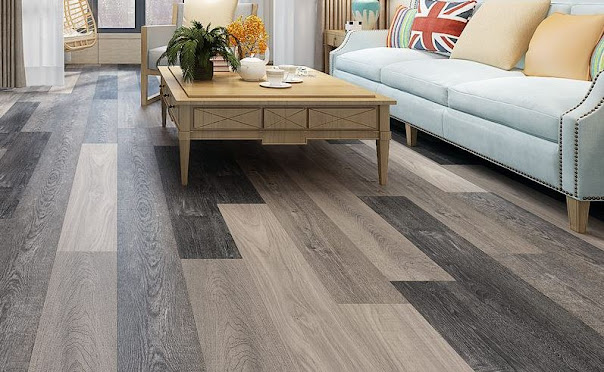What To Look For In Handmade Rugs That Are One Of The Most Beautiful Additions To A Home?
Handmade Rugs are one of the most beautiful additions to a home that can also be very functional and durable. They come in a wide variety of colors and textures, which make them ideal for both traditional and contemporary rooms.
The best handmade rugs are made by weavers who individually tie each knot with wool or silk threads. Each rug is a unique masterpiece that will last for generations.
Rugs of this quality are also much harder to manufacture than machine-made rugs and are therefore worth more money than their cheaper counterparts. Consequently, it is important to know what to look for in the rugs you buy.
1. The Type of Weaving Technique
There are a number of different methods used to weave Handmade Rugs, each with its own characteristics and benefits. The main differences are the method of tying the knots and the density of the knots.
Knot density is a measure of the amount of knots per linear inch along both the warp and weft (visible on the backside of the rug). A high number of knots per square inch indicates a skilled and experienced weaver who will have created a very fine, durable handmade rug.
Moreover, a high knot density makes the carpet extremely durable and resilient to foot traffic, as well as providing it with an exquisite appearance.
The most labor-intensive of all woven Handmade Rugs Dubai, hand-knotting requires years of practice by weavers to achieve the highest degree of skill and mastery in this craft. The weavers use a loom to create the structure of the rug and then individually tie each knot to the warp yarns.
2. The Weaving Materials
The foundation of the rug consists of two separate sheets of cotton warp and weft fibers that run its length and width, respectively. The weft is then looped around the warp to form the rug's design and texture.
For a more modern and sophisticated look, some weavers weave the foundational cotton strands in different colors. This creates a more vibrant, colorful look to the overall rug.
3. The Dye System
The dye system used for a rug is an essential part of the process of creating it. Some weavers use natural dyes, while others choose synthetic dyes. The choice of dyes can determine the color and texture of a rug, as well as its durability.
4. The Design and Texture of a Rug
The design and texture of a handmade rug is what determines its value. It takes a skilled and knowledgeable weaver many years of training to understand how to create a handmade rug that has the proper pattern and texture for a particular room.
Depending on the design, the materials and colours can in a way regulate the temperature of a room, making it feel warm or cold. This is why it is important to consider the characteristics of each room before choosing a carpet model.
5. The After-Care of a Handmade Rug
A handmade carpet requires a lot of care, so it is important to take good care of it. Ideally, a good quality rug should be kept in a dry and dark place, out of direct sunlight, and at a cool temperature to ensure longevity. The best way to keep a handmade rug in good condition is by using the appropriate cleaning products, vacuuming regularly and wiping it with a damp cloth as needed.
.jpg)



Comments
Post a Comment